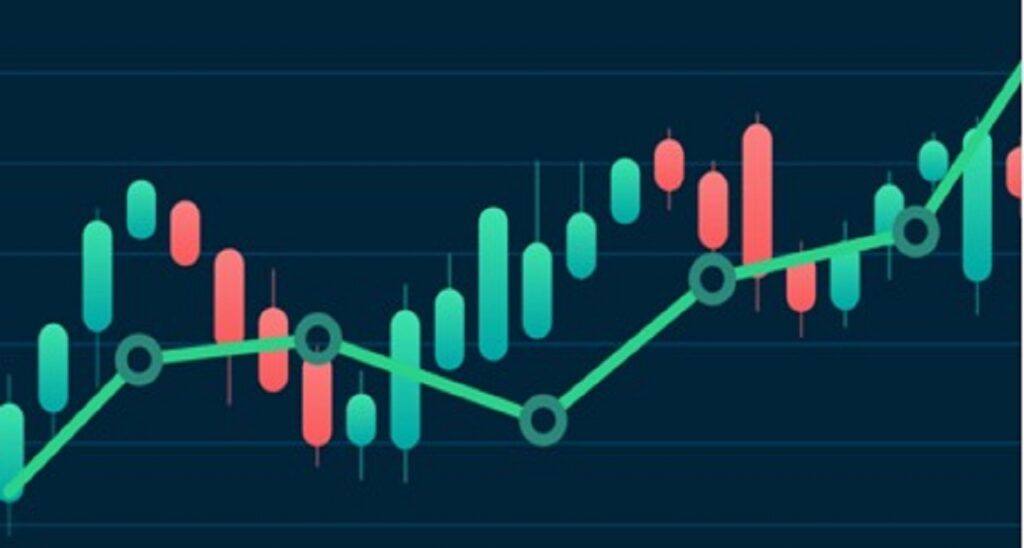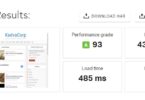Trading, in general, is a concept that involves buying and selling financial instruments such as stocks, bonds, currencies, or commodities to make a profit from short-term price fluctuations or long-term investment growth. You can do this on platforms like Bidsbee Social Network for Traders and on exchanges such as eToro, InvestMates, NAGA, ByBit, and many others. However, regardless of the platform you choose for your needs, you must follow a certain strategy to achieve the best possible result.
The most common types of trading
- Copy trading is where you can simply come to the platform, select successful traders, and set up automatic copying of their operations for your account.
- Swing trading is a short-term strategy focused on profiting from price fluctuations that occur over a short period, ranging from a few days to a week or a month.
- Positional trading is based on identifying broad market trends and involves holding positions for weeks, months, or even years. Deep fundamental analysis is required for successful operations.
- Long-term investors earn by investing in assets that have long-term potential.
Factors Influencing Profitability in Trading
Regardless of the strategy you choose for your trading activity, managing risks is crucial in determining profits or losses. This includes minimizing potential losses and correctly diversifying capital.
Three basic recommendations:
- The golden rule of trading: “Never risk more than you can afford to lose.” This fundamental risk management principle involves setting stop-loss levels, position sizes based on individual risk tolerance, and take-profit levels where a trade is automatically closed upon reaching a certain profit.
- Diversify your investments. Avoid putting all your capital into a single trade or market and instead distribute risk among multiple trades or assets.
- Consider market volatility. Market conditions and instability significantly impact the profitability of different trading strategies. High volatility can provide additional trading opportunities due to larger price fluctuations, allowing traders to make substantial profits. However, it also carries a higher risk as price movements can be unpredictable and lead to significant losses.
Most Profitable Trading Strategies
Choosing an optimal strategy is often involved by going long or short in markets. Accordingly, strategies can be categorized as short-term, medium-term, or long-term. Each has its own characteristics and profit potential, and the choice depends more on individual factors such as stress tolerance, willingness to dedicate a certain amount of time to research, and even temperament. Some traders find it easier to stick to day trading and work quickly with large capital volumes. In contrast, others focus on long-term strategies and have time for in-depth analysis before opening each position.
The best strategies to choose
- The trend-following strategy aims to capture strong price trends and profit from them. It involves identifying the prevailing trend direction and entering trades accordingly. Traders use technical indicators such as moving averages or trend lines to follow the trend as long as it remains intact and exit positions when signs of a reversal appear.
- Breakout strategy focuses on identifying and trading initial price movements that occur when an asset breaks out of a defined trading range or consolidation pattern. The key principle is to enter trades when a significant breakout occurs. Indicators such as Bollinger Bands or support/resistance levels can assist in this strategy.
- The mean reversion strategy allows traders to identify assets that have deviated significantly from their average values and enter trades in anticipation of price correction back to the mean. Overbought or oversold indicators and price reversal moments are crucial in this strategy. Traders decide based on oscillators (e.g., RSI) or price models.
Remember that no strategy guarantees success, and adapting and refining your approach based on market conditions and personal experience is important. Constant learning and practice are key to improving your trading skills and increasing profitability.
Choosing the Right Trading Approach
When choosing a trading approach, aligning it with individual risk tolerance, time commitments, and trading goals is significant. For example, swing trading or day trading are active trading methods with good profit potential but are also among the riskiest. On the other hand, long-term investing offers fewer profits at once but is less risky.
The amount of time you are willing to dedicate to active work and the type of activity that is easier for you should also be considered. Day trading or scalping, for instance, requires constant monitoring and active decision-making during the trading session, while position trading allows more time for research and analysis.
Consideration should also be given to trading goals: whether you aim for consistent, stable returns in the long term or seek faster but potentially riskier opportunities.
Best Approach for Beginners
For beginners, long-term investing is often considered the best starting point. Long-term investing involves buying and holding assets for an extended period, typically years, with the expectation of capital appreciation. During this time, beginners can also explore copy trading strategies and actively learn to increase both their investments and their knowledge and experience, which can also be effectively monetized.
Final Thoughts about Which Type of Trading is Most Profitable
All trading strategy options can be profitable and successful. However, which one works best for you depends on the abovementioned factors. Therefore, it is important to experiment with different strategies until you find the one that suits you best. Additionally, never stop learning and seek professional guidance, including taking advantage of copy trading. All of this will serve as a strong foundation for acquiring new knowledge and increasing profits with lower risks.








Leave a Comment
You must be logged in to post a comment.